
 Lan Cable
(29)
Lan Cable
(29)
 Patch Cord
(25)
Patch Cord
(25)
 Optic Fiber
(74)
Optic Fiber
(74)
 Networking Accessories
(424)
Networking Accessories
(424)
 Cable Management
(16)
Cable Management
(16)
 Networking Tools
(206)
Networking Tools
(206)
 Computer Cable
(434)
Computer Cable
(434)
 HDMI Cable
(424)
HDMI Cable
(424)
 USB Cable
(49)
USB Cable
(49)
 Computer Connector
(50)
Computer Connector
(50)
 Coaxial Cable
(1)
Coaxial Cable
(1)
 Alarm Cable
(30)
Alarm Cable
(30)
 Speaker Wire
(8)
Speaker Wire
(8)
 CCTV Accessories
(24)
CCTV Accessories
(24)
 Iphone Cable
(15)
Iphone Cable
(15)
 Computer Peripherals
(78)
Computer Peripherals
(78)
 New Products
(43)
New Products
(43)
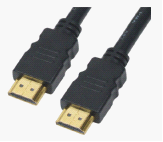
Tongrun is proud to offer one of the largest varieties of competitive and reliable HDMI cables and accessories for home consumer electronic devices such as 3D LCD, LED, and Plasma TVs, Desk and Laptop Computers, Audio Systems, and HD Projectors.
We specialize in bringing the variety of lengths and features to the HDMI cables category. Please use the product navigator to choose the right format and length of the HDMI cable or simply contact one of our HDMI Cables specialists by clicking on the “Contact us” page.
Customer service representatives will be happy to answer any questions, provide information on existing orders, or even assist with identifying the correct HDMI cable format for various device settings.
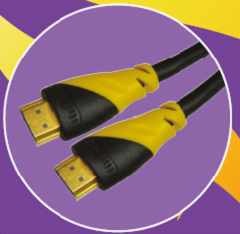
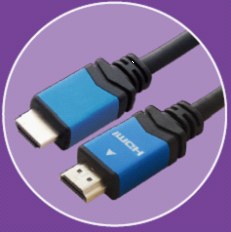
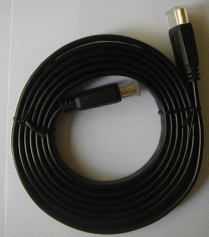
Devices that use HDMI Cables
As time progresses, a greater number of devices are becoming HDMI compliant. Some devices that enable the use of an HDMI connection are high-definition televisions, DVD players, HD-DVD players, game consoles, video cameras, personal computers, even smart phones. By connecting any one of these devices via HDMI, you are able to enjoy uncompressed audio and video multimedia files with perfect clarity.
Types of HDMI Cable Formats
Firstly, there is the standard HDMI cable. The standard cable is the one used most often during the typical multimedia experience. They have the same connection for both input and output. These cables can transmit resolutions up to 1080i or 720p. Next, we have the HDMI cable with Ethernet. These cables maximize the resolution to 3840 x2160p, which is the resolution used most often in digital theaters. They also create an HDMI Ethernet channel, which allows for an Ethernet connection between two HDMI compliant devices, producing an internet connection. Another type of HDMI cable is the HDMI mini/micro cable. These cables are often used with smaller gadgets such as smart phones and small video cameras, as these devices often have much smaller inputs. Next, we have the self-proclaiming HDMI extension cable. The extension cable allows an HDMI connection to extend in the case that a single cable is too short. There is no change in the cable’s function, the extension simply makes the connection longer. Another type is the HDMI flat cable. These cables are very thin and carry an aesthetic appeal in that they are able to be hidden under carpets and along walls without reducing the quality of the media. Next, there is the HDMI to DVI cable. This type creates a newfound compatibility between a device using HDMI and another device obsolete DVI technology. Lastly, there is the HDMI switches, splitters. This is a device that simply allows one HDMI input to be delivered to more than one output (such as a DVD player) at once.
Difference in HDMI Thickness/AWG and How to Choose the Right One
The AWG standard is one that describes how thick the HDMI cable is and how long the cable can carry information without losing signal. The lower the AWG number, the better the connection. However, higher AWG numbers may work fine for your device. It depends upon the length that you are trying to carry the information. Cmple.com carries cables with thicknesses ranging from 22 AWG to 30AWG. If you are transmitting information over a distance under 15 feet/5 meters, a 30 AWG or28 AWG should be fine. A 26 AWG cable is best for distances up to 15 meters, a 24 AWG is good for distances up to 20m, and any distance longer than that should be accommodated for by using a 22 AWG HDMI cable. So as you can see, you need to measure the distance that the cable will cover, and that will help you determine which AWG best suits your needs.




HDMI Cable Maintenance
An important part in keeping the quality of your HDMI cable is taking care of it and using it in a proper fashion. Firstly, you should make sure that it is always property connected to the inputs and outputs. Be gentle when inserting and removing the cable. Be careful not to tug too hard on it or you risk breaking some of the connections within the wire. Do not put the cable on the floor in an area where people are usually walking. Walking on the cable is a great way to break it. Also, it can disrupt the instantaneous flow of information and cause flickering in the connection. Make sure that you the cable is flat on the floor or wall, or whichever surface you choose to put it against. Just imagine that your HDMI cable is a hose and the water is the information. Make sure that there aren’t any crimps in the cable, because these can make it impossible for the cable to carry information and can possible cause irreversible damage. Next, a simple but costly mistake when inserting an HDMI cable into a device is inserting it using the wrong orientation. Accidentally putting it in upside-down can cause damage not only to the cable, but also to the device in which you are trying to insert it in. Lastly, make sure that your cable is dust-free. The inputs and outputs are often hidden in dark corners of certain devices and when ignored, dust can quickly accumulate and can stifle the connection. Make sure that you remove the cable frequently and lightly blow on itto remove any dust particles that could get in the way. By following any and all of these tips, you will be able to keep your HDMI cable in tip-top shape and use a single cable with many different devices for years to come.
Packages for your reference
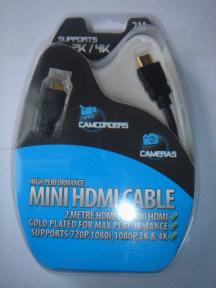
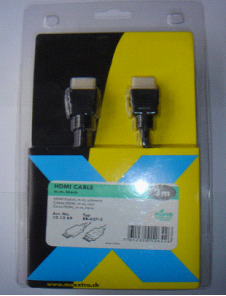
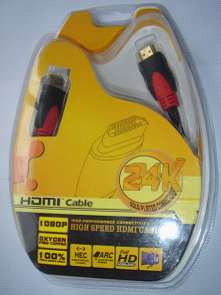
Our Certificates
Tongrun aims to be a worldwide excellent OEM partner for multinational companies, we would like to establish OEM partnership with you.